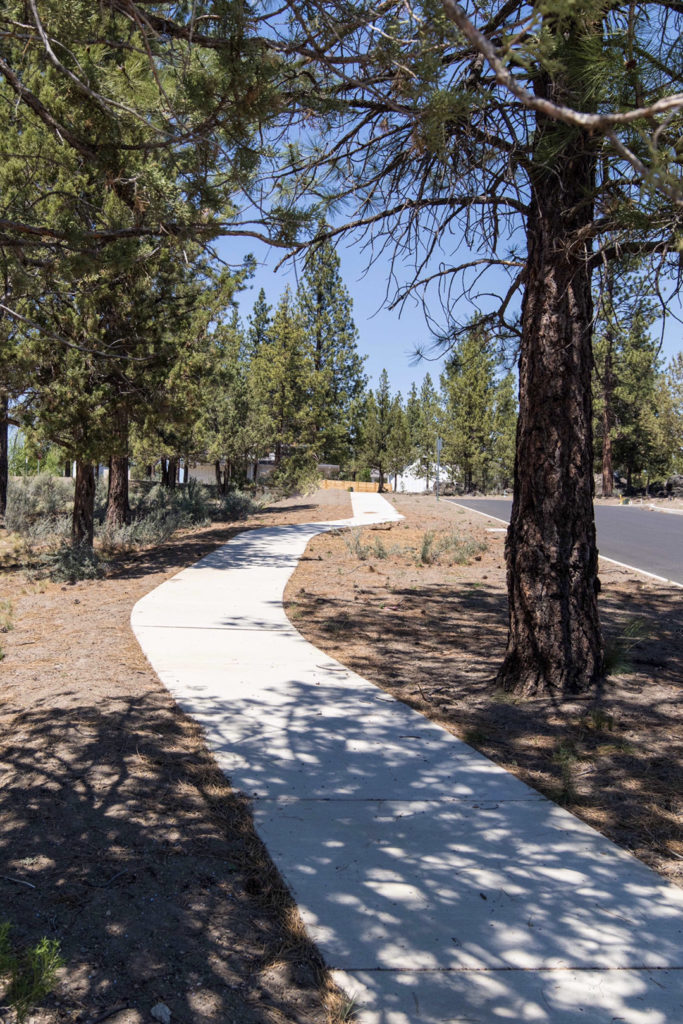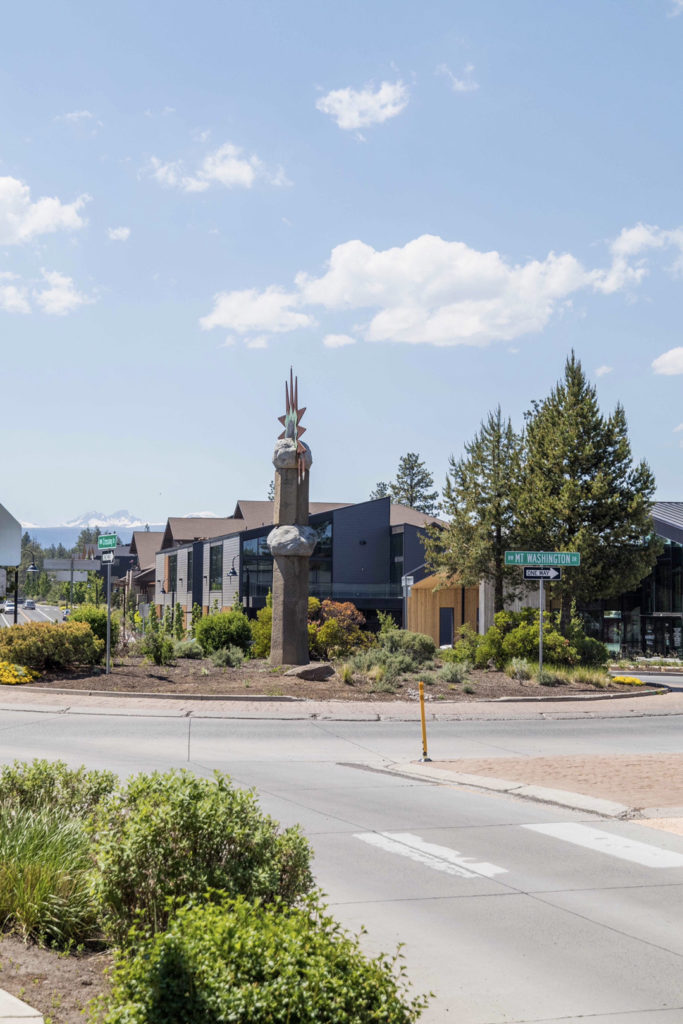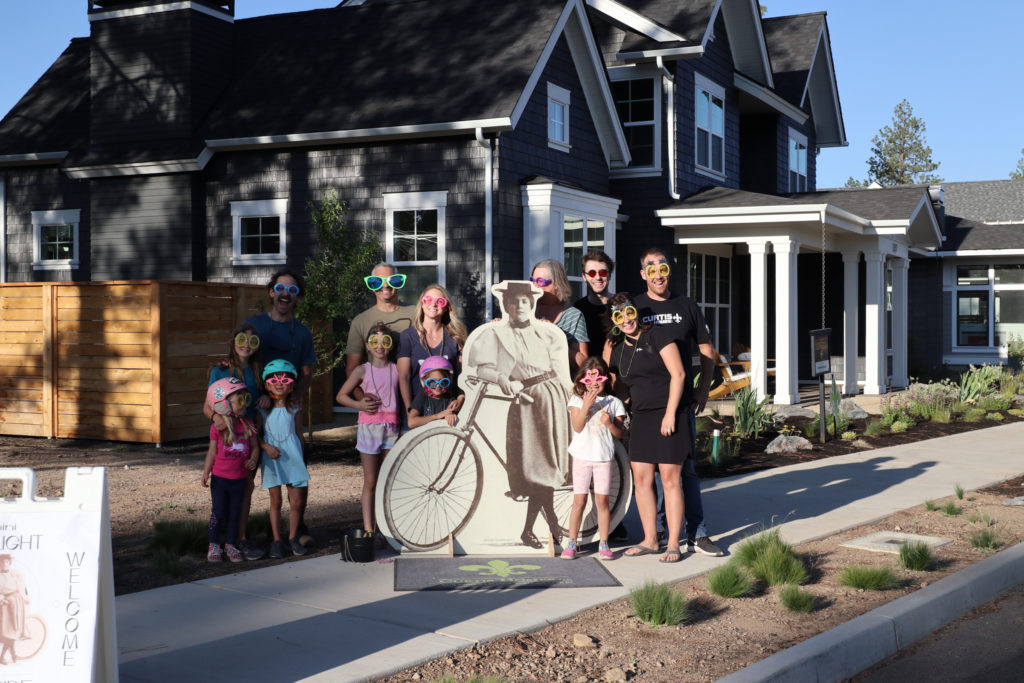Outcrop by Curtis Homes
At Curtis Homes, we believe that your home should promote health and happiness in your family and your neighbors. That’s why when designing Outcrop, our newest Bend neighborhood, we had livability and connectivity in mind. Outcrop is outfitted with interconnecting sidewalks and bike paths lined with trees and other natural vegetation, giving future residents a safe, active, and fun way to explore the rest of Bend! Located right next to Northwest Crossing, Outcrop residents will be within arm’s reach of trails, restaurants, grocery stores, schools, and more. Like the rest of our projects, we aim to give homebuyers the tools they need to thrive, both inside and outside the walls of their new homes.
What are walkable neighborhoods?
At its heart, a walkable neighborhood is one that centers around the needs, enjoyment, and safety of people, rather than cars. This could look like anything from devoting empty space to a park rather than a parking lot, or creating an interconnected protected bike lane network. A walkable neighborhood is reliant on the presence of active transportation as a replacement for cars. Active transportation is any self-propelled form of transportation, generally referring to walking and cycling. Even public transportation is considered active transportation, since transit users begin and end their trip with a walk or bike to/from the transit stop.
In urban design, walkability is closely tied to a concept coined as the “20-minute neighborhood.” 20-minute neighborhoods are communities where residents are able to reach grocery stores, retail, parks, schools, health care services, and any other destinations visited on a daily basis within 20 minutes (or roughly .5 miles) from their homes by walk, cycle, or transit. Some features necessary for a 20-minute neighborhood include:

- Complete streets (streets equipped with infrastructure for pedestrians, cyclists, and transit)
- A main core of the neighborhood (e.g. a street or public space)
- Mixed income and mixed use zoning
- Parks and other public spaces
- Schools and workplaces
Shockingly, walkable neighborhoods are not a new phenomenon; until the 1920s, streets were actually viewed as public spaces meant for people, not cars.
Why Walkable Neighborhoods?
Since active transportation is a key component of walkable neighborhoods, less people use cars to get around and as a result, fewer harmful pollutants are emitted. Also, the shift from driving to other forms of transportation decreases the likelihood of pedestrian-vehicle collisions. Residents of walkable neighborhoods have reported feeling a greater sense of belonging in their communities due to more time spent outside and interacting with neighbors. Increased social interaction and a sense of community has been shown to improve both physical and mental health outcomes. People who live in walkable neighborhoods exercise more than those who don’t, reducing their risk of diseases like diabetes and cardiovascular disease. The mixed-use nature of walkable neighborhoods intertwines residential areas with commercial areas. This leads to increased foot traffic past local businesses, and consequently a stronger local economy! The economic benefits don’t stop there; walkable neighborhoods are more appealing to tourists, and homes in walkable neighborhoods generally have higher property values. One study even found that children who grow up in walkable neighborhoods experience significant upward economic mobility as adults. Overall, walkable neighborhoods appear to be a triple threat in the field of urban design; they provide environmental, health, and economic benefits all in one!



